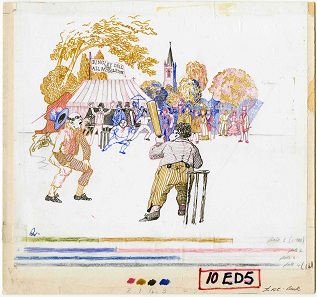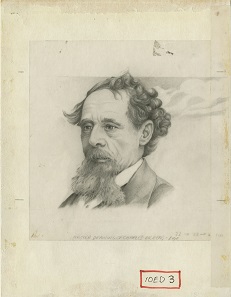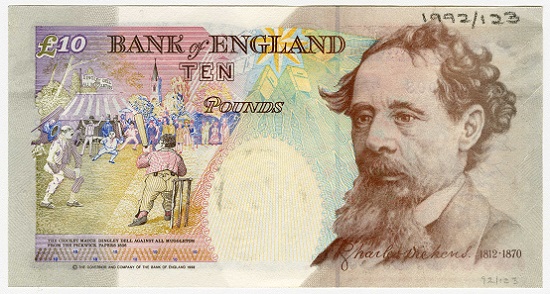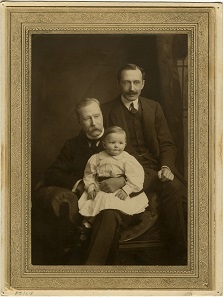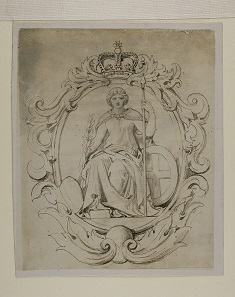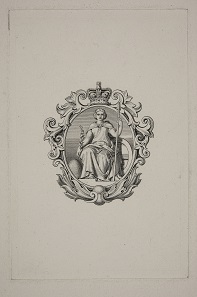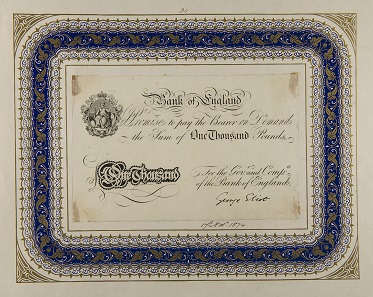January 11, 2018 – In September 2017, the Bank of England has issued a new polymer £10 note featuring a portrait of beloved author Jane Austen. To celebrate the arrival of the new note, the Bank of England Museum has unveiled a new exhibition that explores the Bank’s literary connections over the last three centuries and the many occasions when the Bank has found its way into fiction, inspired a character, influenced a plot or encountered an author. “Stories From the City: The Bank of England in Literature”, runs throughout 2018 at the Bank of England Museum in Threadneedle Street at the heart of the City of London.
Original hand-drawn artwork for the GBP 10 note which featured Charles Dickens, including a scene from the Pickwick Papers: the cricket match between Dingly Dell and All Muggleton. Drawn by Roger Withington, based on an illustration by R Buss. Photos: Bank of England Museum.
The exhibition presents exhibits related to the lives and works of Charles Dickens, T.S. Eliot, Dr Johnson, Robert Browning and George Eliot to name a few. It reflects on moments when the Bank and the finances of London have been woven into classic works of fiction and explores the political and economic times in which stories were written. Exhibits are drawn from the vast collections amassed by the Bank since its foundation in 1694.
The £10 note which featured Charles Dickens (in circulation from 1992-2003). The portrait was drawn by banknote designer Roger Withington and seems to be based on a number of photographs of Dickens from the 1860s. Photo: Bank of England Museum.
Among the key exhibits is original hand-drawn artwork for the £10 note which featured Charles Dickens (in circulation from 1992-2003).
1895 photograph showing George Archer-Shee – the real-life Winslow Boy. Photo: Bank of England Museum.
The exhibition includes material relating to the true story behind Terrence Rattigan’s play, The Winslow Boy, that of the young son of Bank of England official Martin Archer-Shee, who was falsely accused of theft and expelled from Osborne Naval College. The exhibition also examines the design and security features of the new Jane Austen note, which has been issued for the first time in September 2017. It also takes a look at the life of Jane Austen, and in particular the theme of money that runs throughout her work. This includes the ‘single men in possession of a good fortune’ in Pride and Prejudice, and the political and economic circumstances of the war which made fortunes for characters like Captain Wentworth in Persuasion.
The vignette of Britannia which appeared on the Bank of England’s notes between 1855 and 1956 was designed by the artist Daniel Maclise a close friend of Charles Dickens. Maclise made portraits of Dickens and his wife and children, as well illustrating some of his stories. Photos: Bank of England Museum.
Charles Dickens describes a visit to the Bank of England in The Pickwick Papers, but is critical of the Bank in his weekly magazine, Household Words. He writes about banknote forgery and the skills of counterfeiters, making a point about the harsh punishments – for some years, the death penalty – meted out to those convicted for forgery.
One thousand pound note signed by George Eliot when she visited the Bank of England as a sight-seer in 1874. Photo: Bank of England Museum.
Thefts, heists and financial crises have also inspired their fair share of stories. In Around the World in Eighty Days, Phileas Fogg embarks on his quest to circle the globe following a theft at the Bank of England. Financial crises became an important theme for writers such as George Eliot, who visited the Bank of England in 1874 and signed a ‘giant’ (£1,000) banknote, which makes up part of this exhibition.
Jenni Adam, curator of the Bank of England Museum, said, “The Bank is an influential presence in fiction and we are lucky that our collections are so often able to shed light on real events that inspired stories or to give an insight into the times in which they were created. The city was the workplace of many notable writers, some of whom were happier than others to earn a living there!”
To learn more about the exhibition, visit the website of the Bank of England Museum.
We reported about the long process of Jane Austen featured on a banknote. Please see the following articles:
- Jane Austen on future £10 note?
- Jane Austen to feature on Bank of England banknotes
- Jane Austen inflames passion
Jane Austen is really in fashion. Here is an article about a commemorative coin the Royal Mint has done to honour the famous writer.
Background information on the Jane Austen note and a video on its launch are available here.





